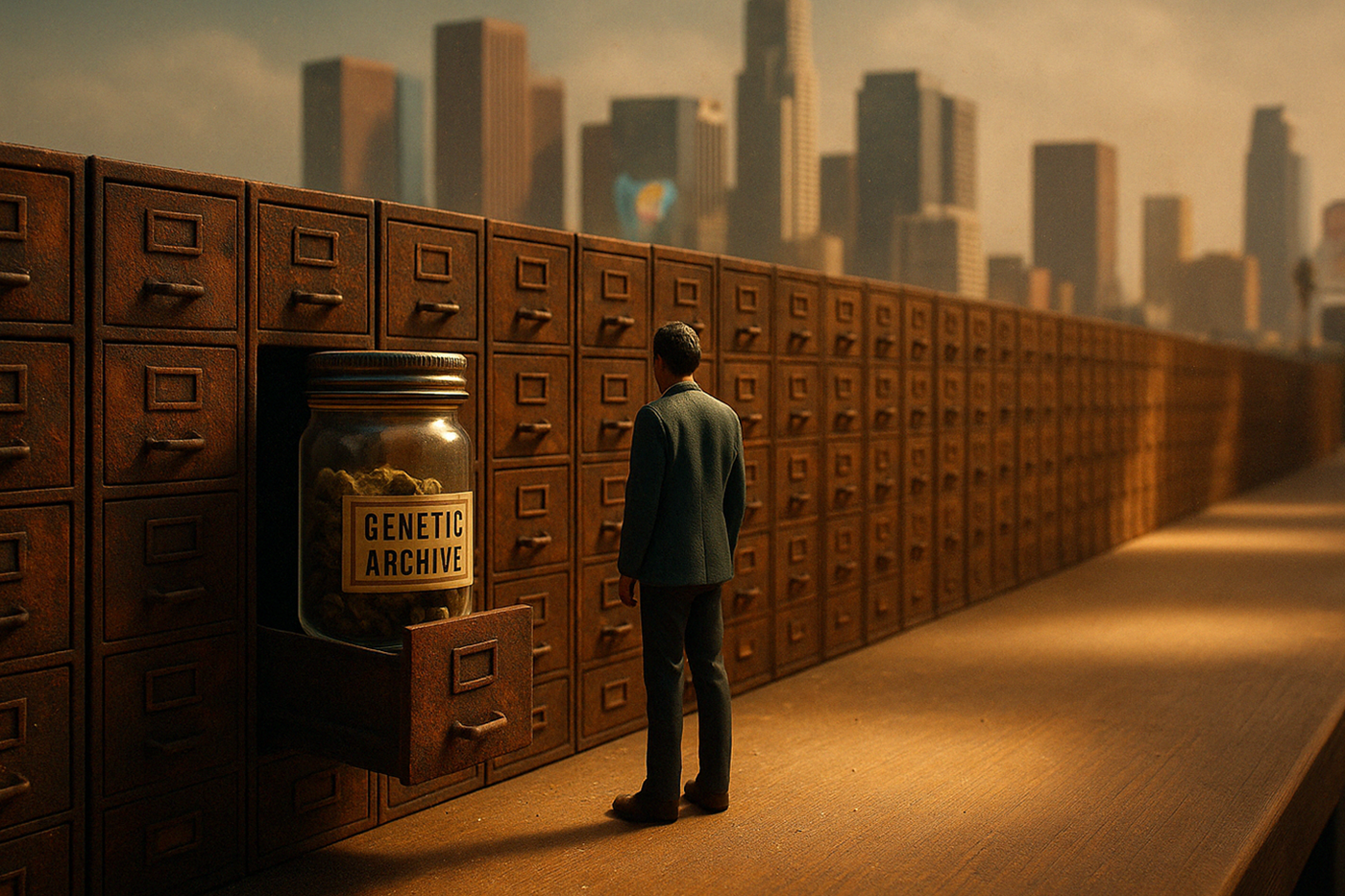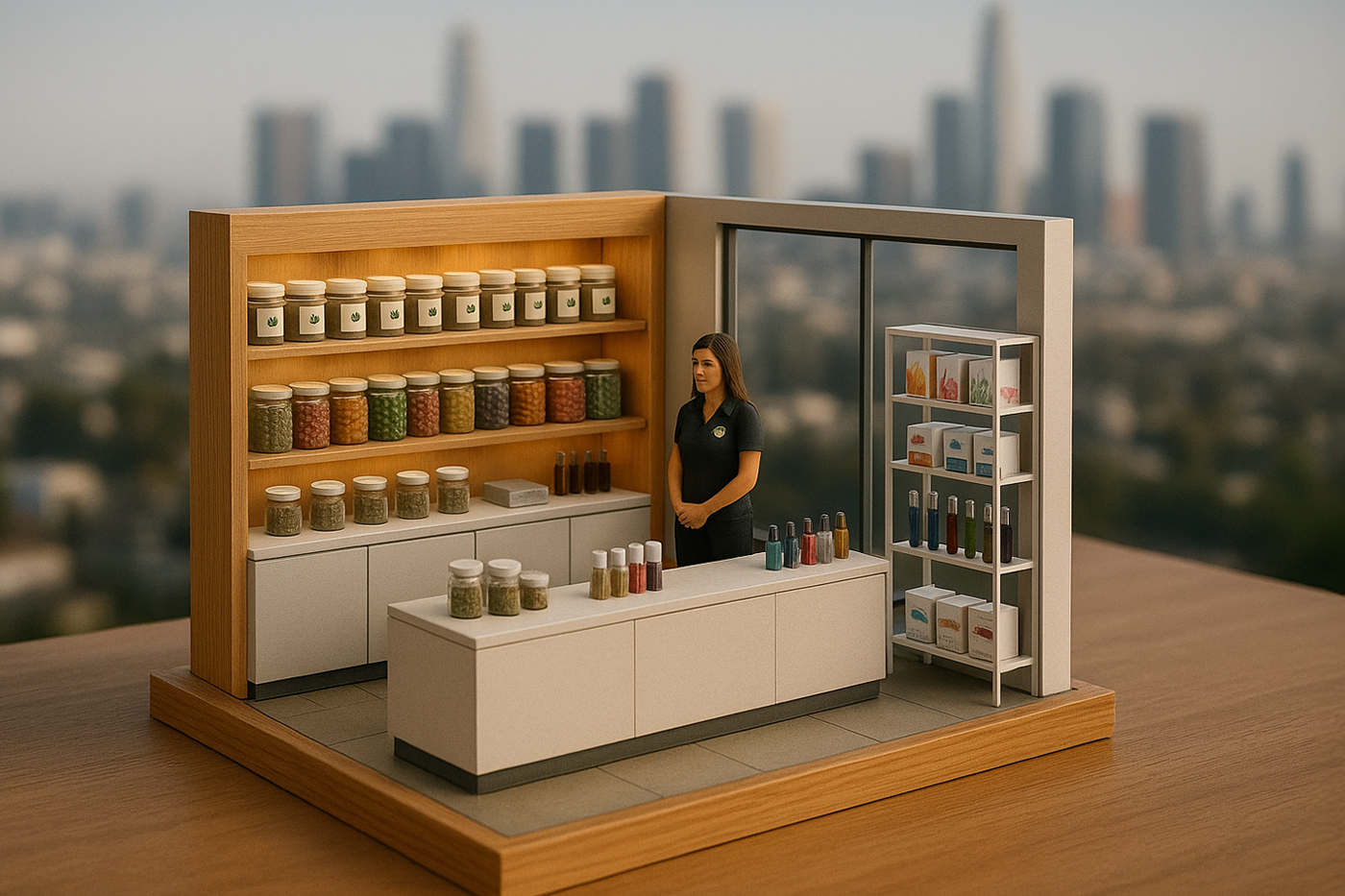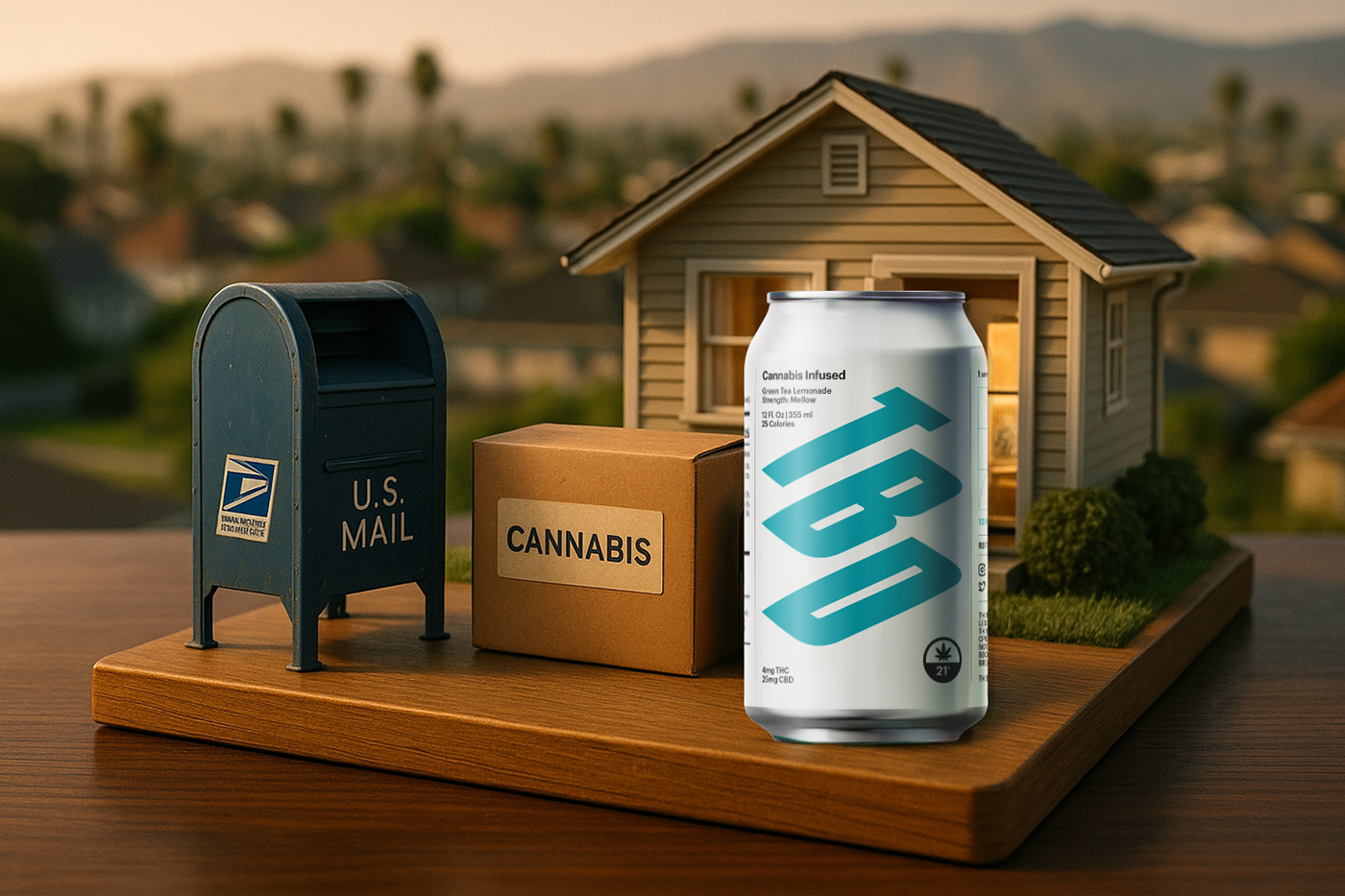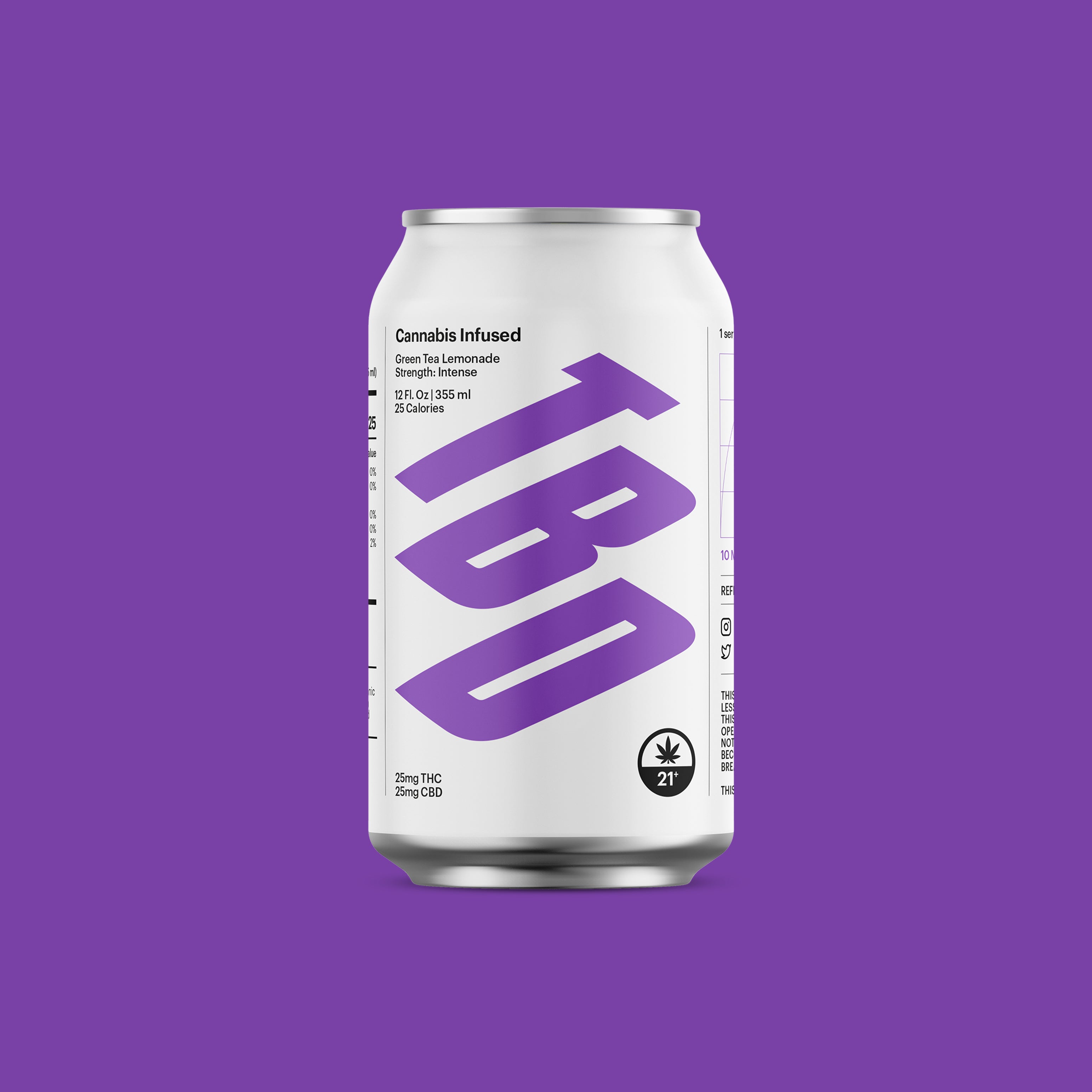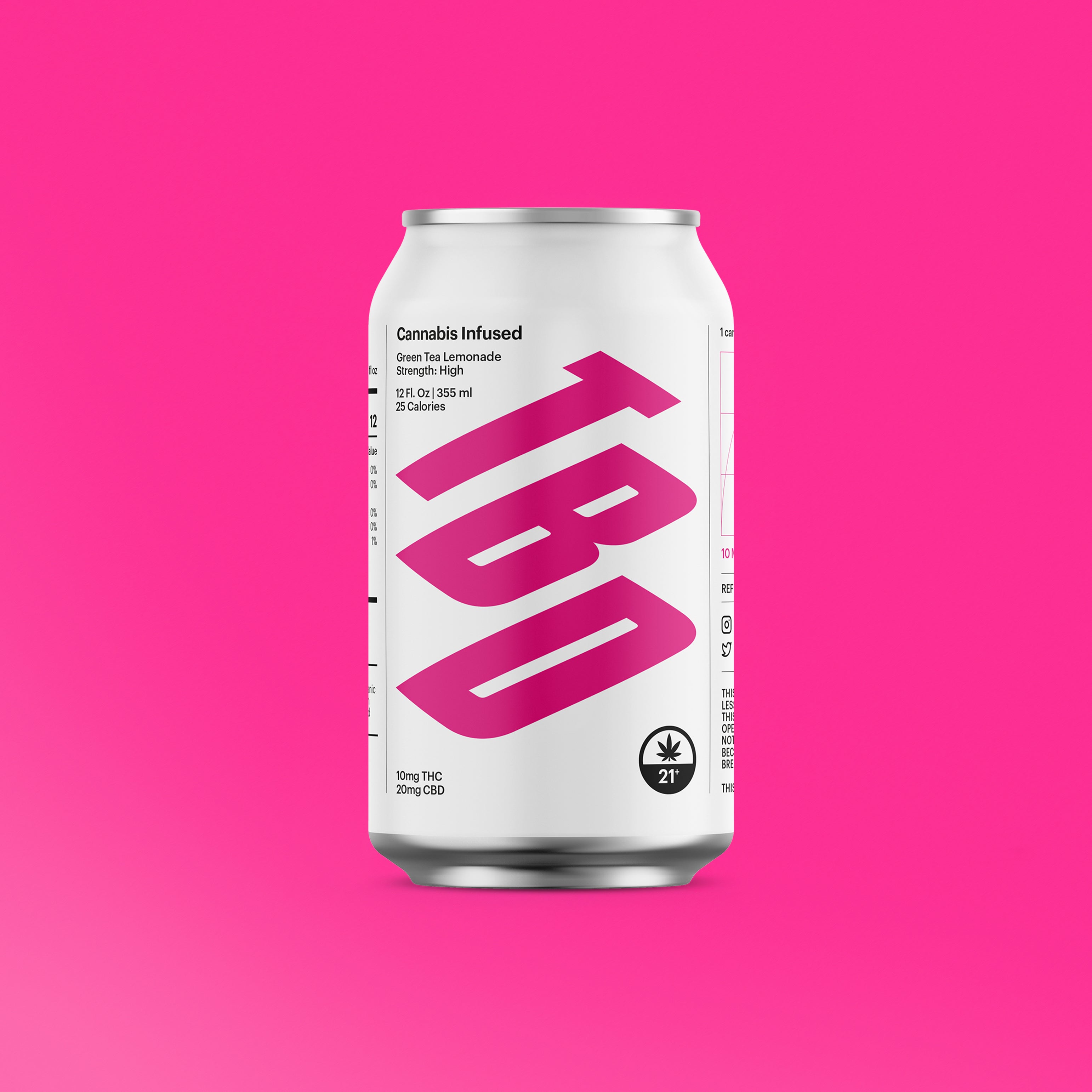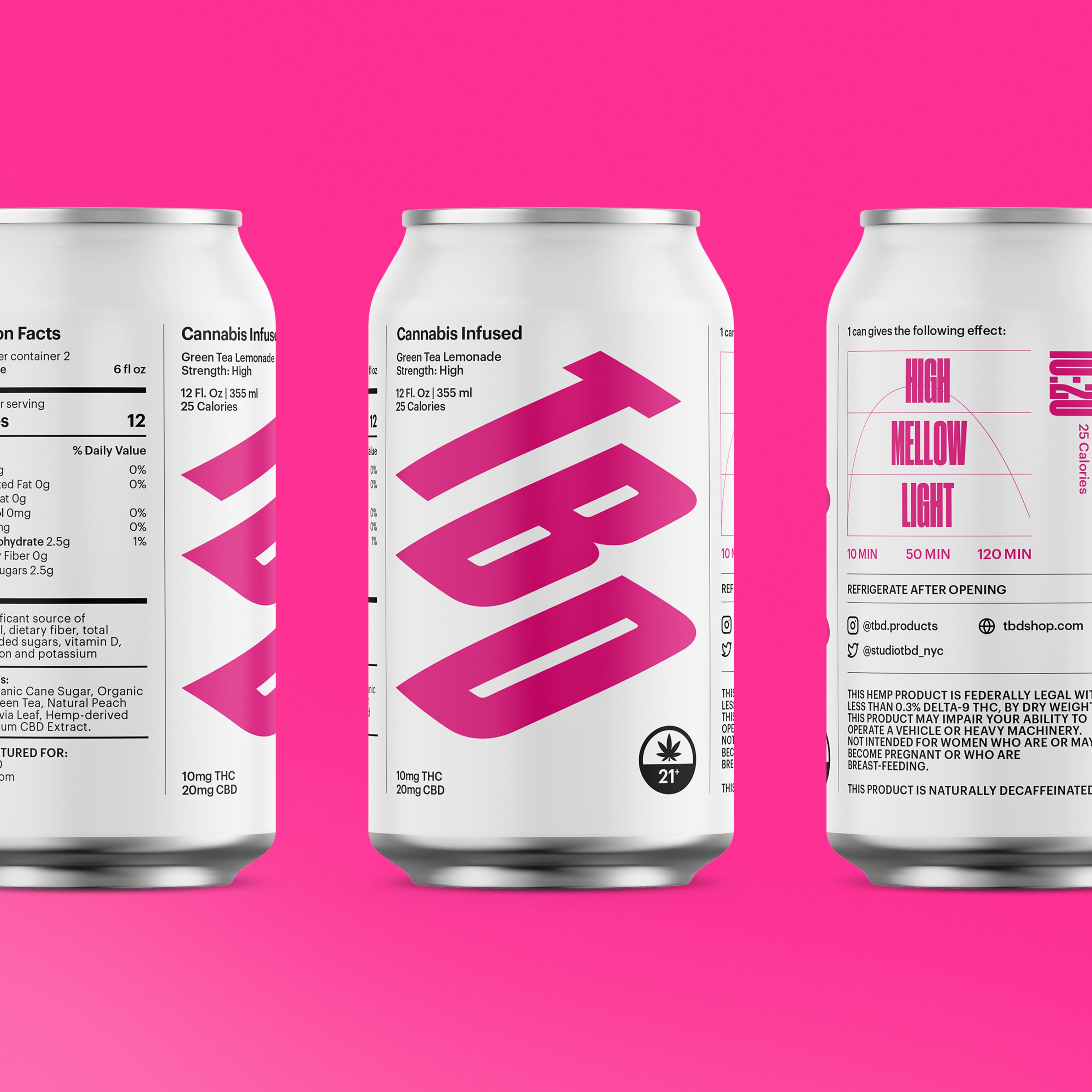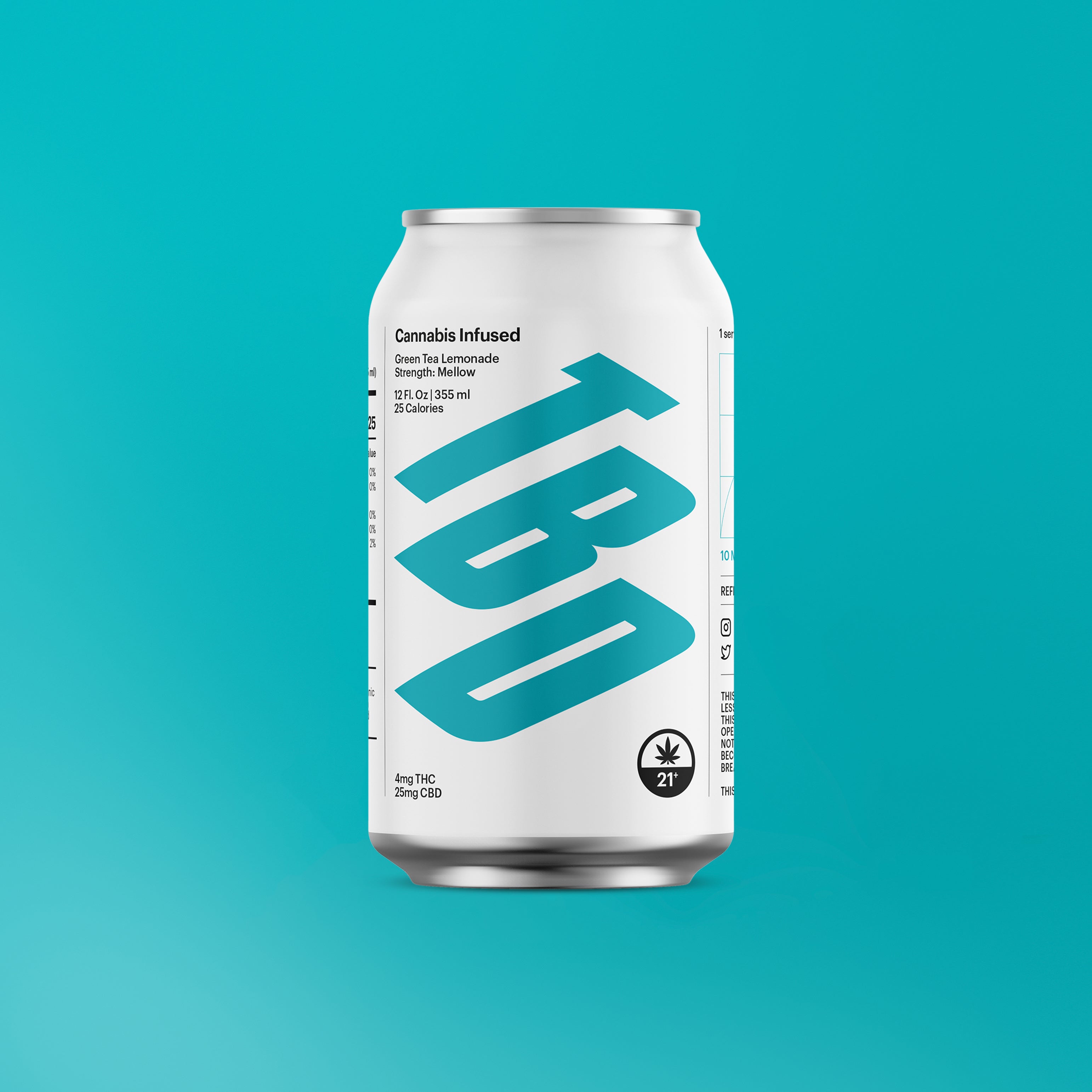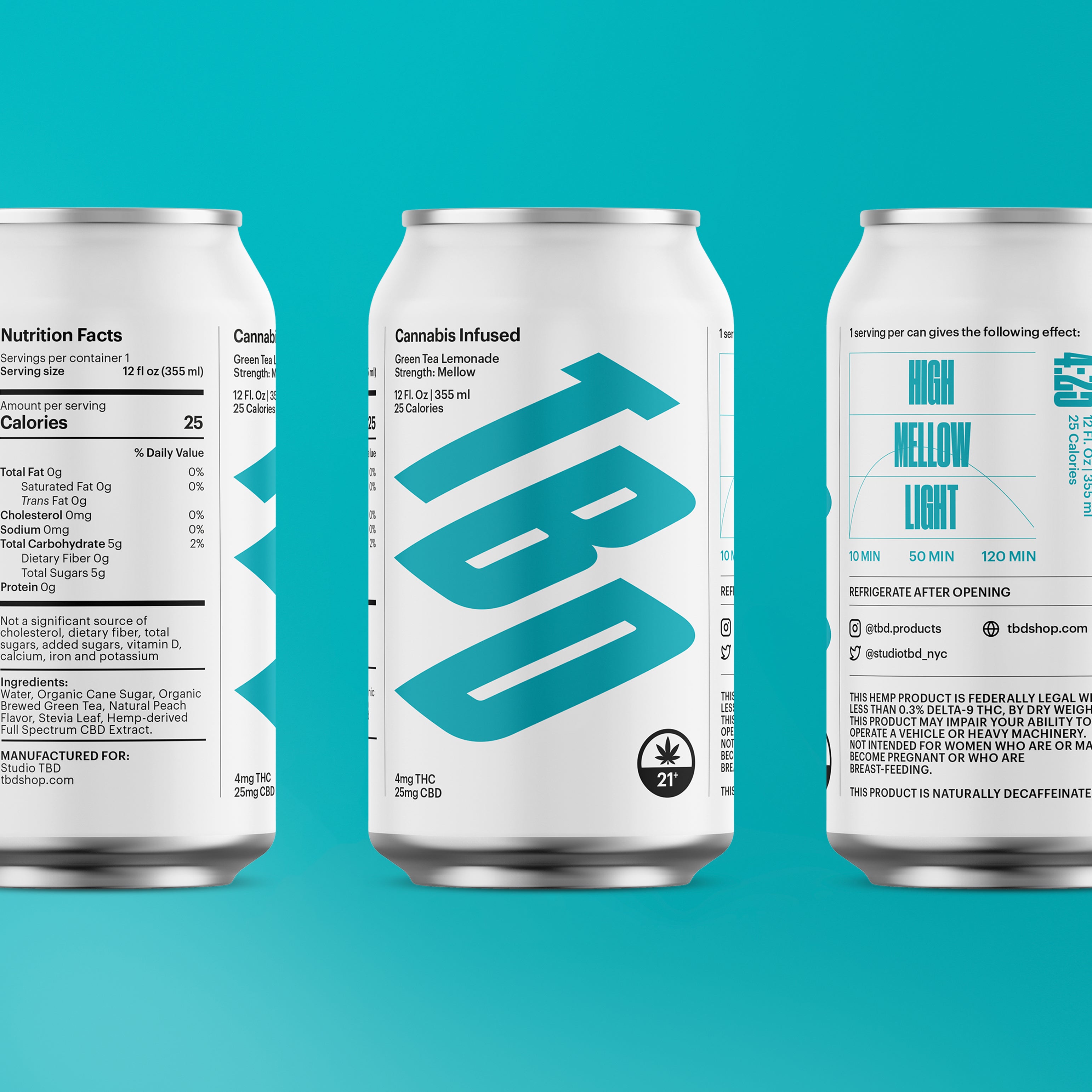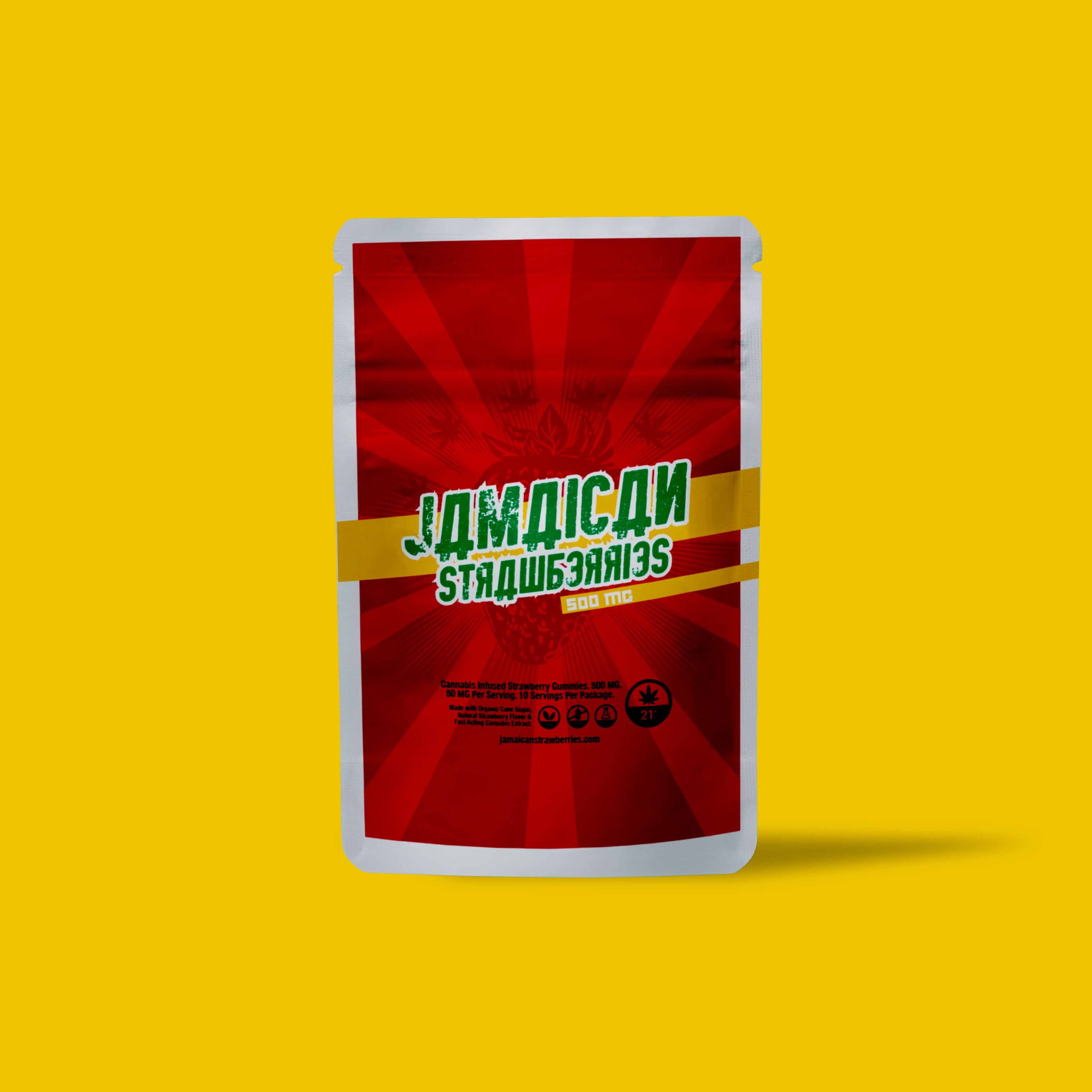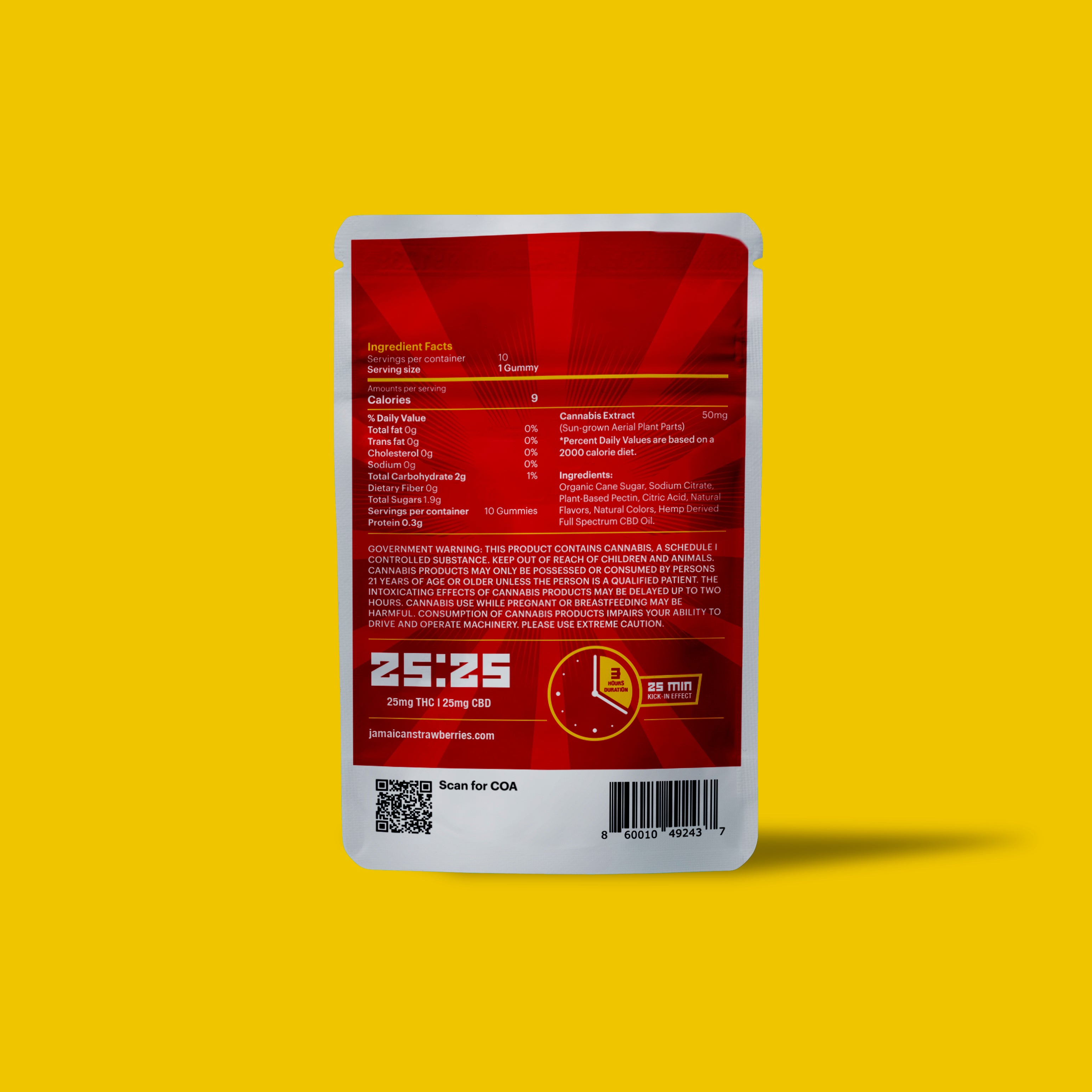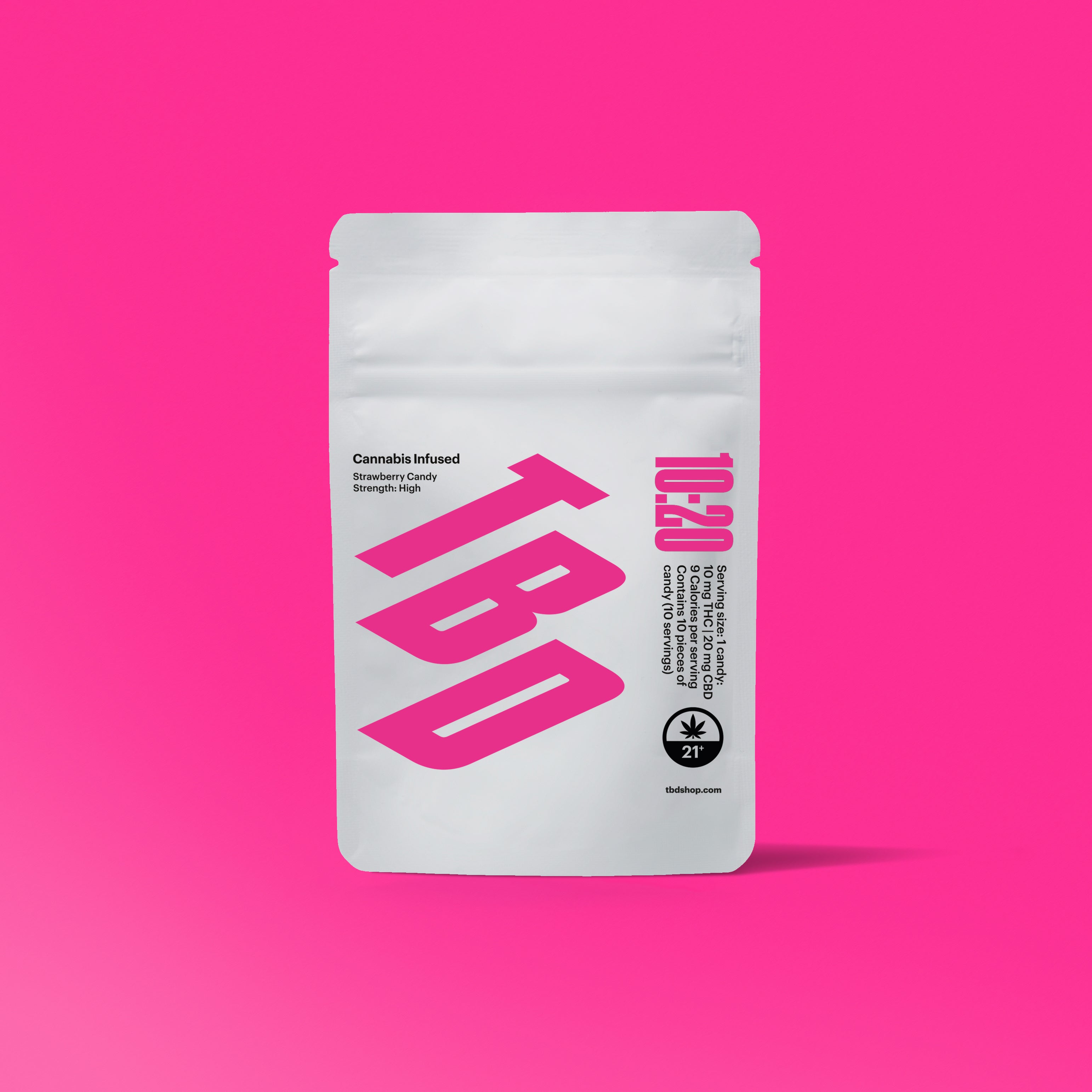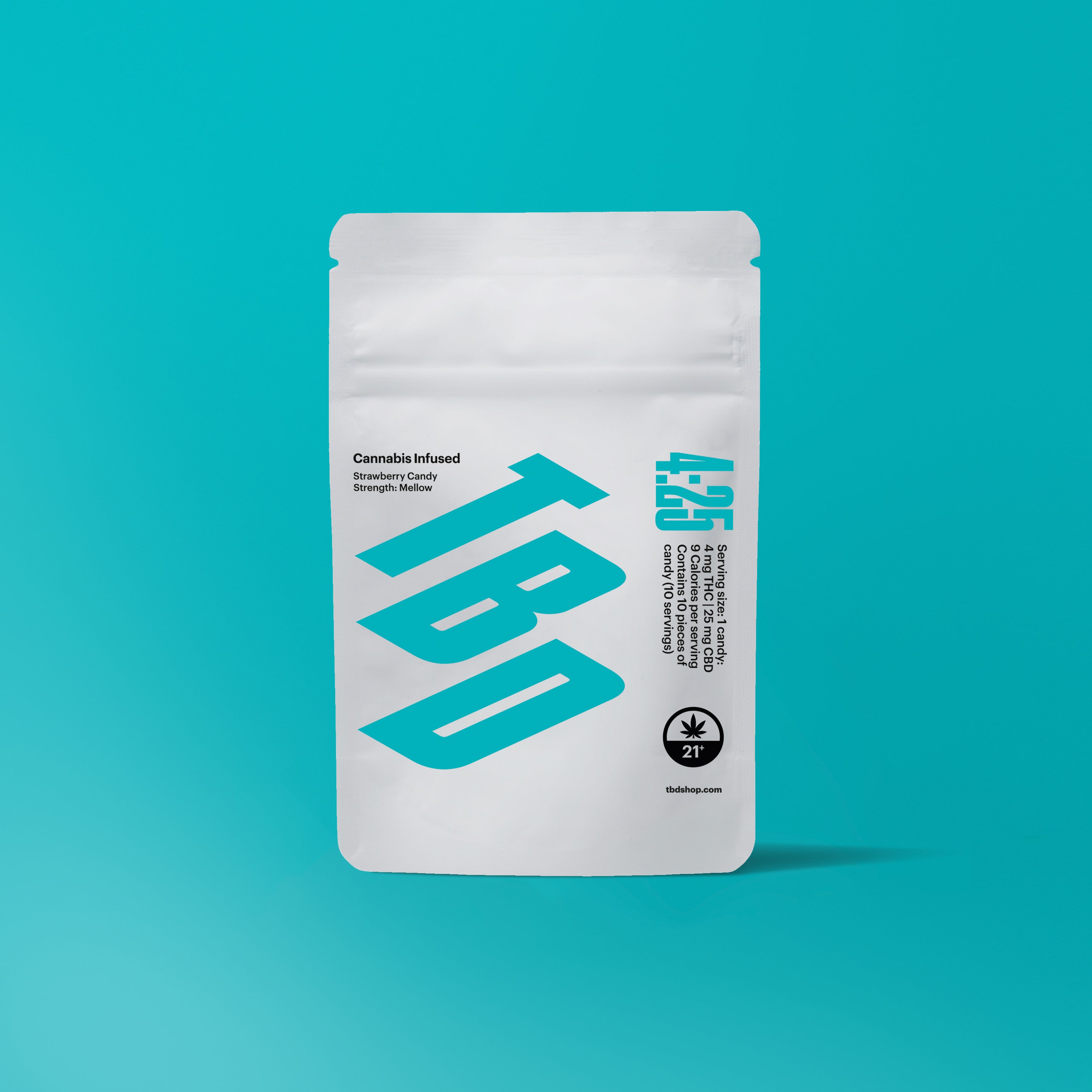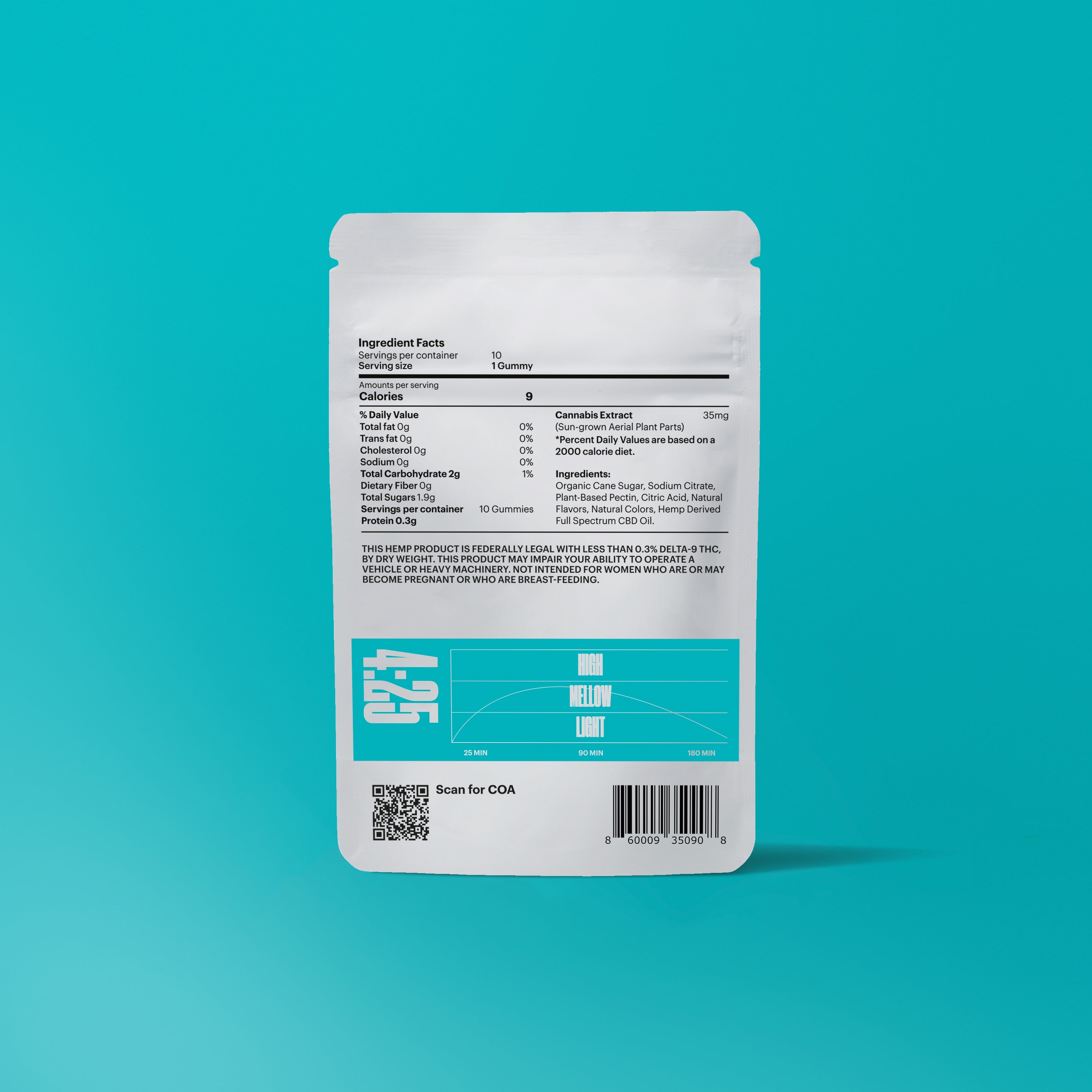How Cannabis Traveled from California’s Underground to the Heart of American Culture
A chronicle in 10 chapters—from borderlands and beat poets to boardrooms and billboards.

Before the war, the plant wasn’t a weapon.
It grew tall and rangy in valleys and ditches. In fields across Afghanistan. On the slopes of Oaxaca. In the jungles of Thailand. The locals dried it, cured it, passed it around. Sometimes they used the flowers. Sometimes the seeds. Sometimes they didn’t bother separating either.
The ratios were natural. Five percent THC, maybe seven on a good day. Enough to soften things. Enough to feel it. But not enough to vanish.
CBD was always there—quiet, unspoken. It wasn’t measured. It wasn’t branded. It just lived in the plant, keeping things even.
No one talked about strains. Or effects. Or terpene profiles. You didn’t pick cannabis like a wine. You just grew what your cousin grew. Rolled what someone gave you. Lit it to feel a little looser in the bones.
It wasn’t clean. It wasn’t packaged. But it worked.
This was before it was chased. Before it was hunted. Before science was used to make it something else.
Before Cheech and Chong turned it into a punchline. Before Dazed and Confused made it a soundtrack. Before Half Baked gave it a uniform.
Back then, the plant didn’t need help.
It just grew.
The plant was never supposed to be this strong.

When prohibition pushed it underground, growers had to make every square foot count. Indoors, the plant stopped competing with wind and insects. Instead, it grew under artificial light—hot, close, constant. It didn’t need to stretch anymore. It needed to produce.
Growers removed the male plants early to avoid pollination. That kept the female plants in flower longer. Bigger buds. Higher resin production. The plant adapted.
Then came the breeding. Generation after generation selected for one trait: THC. The more it had, the more it was worth. And with each selection, the other compounds faded. CBD disappeared first. Then terpenes flattened. The plant wasn’t growing naturally anymore. It was being designed.
In Mexico, the same thing happened—faster and rougher. Growers in the mountains started with landrace strains. Then they crossbred them with higher-THC hybrids smuggled in from the U.S. or grown under cartel control. The seeds were mixed, the soil was pushed hard, and the result was a denser, darker flower packed for weight and transport. Sun-grown, yes—but still selected for strength.
The plant learned to respond. It grew shorter, tougher, more resinous. It yielded faster. When light cycles were pushed, it finished quicker. When nutrients were stacked, it bulked up. Under stress, it produced more trichomes—not for elegance, but for survival.
By the early 2000s, most commercial cannabis plants were hitting THC levels four to five times higher than what had been normal just two decades earlier. And they were doing it without the checks that had once kept the high in balance.
CBD didn’t just disappear—it was bred out to make room.
The plant had been forced to specialize. It became what the market demanded: strong, fast, loud, profitable. But not whole.
It could still grow in dirt. But it didn’t feel like something from the earth anymore.
It felt engineered.
And that was the irony.
Because while the plant was being pushed to its loudest version underground, the U.S. government was quietly filing paperwork to claim the opposite: that cannabis—specifically its softer, quieter compound—had therapeutic potential.
Not to decriminalize it. Not to legalize it. Just to own the science. Just in case.
In a windowless federal office in Maryland, a team of researchers and attorneys sat down to finalize a patent. Not for THC. Not for the high. For something that had been bred nearly out of existence: CBD.
They weren’t changing the law.
They were protecting the asset.
***
Patent No. 6,630,507: “Cannabinoids as Antioxidants and Neuroprotectants”
The room had no windows and no one wanted to be there longer than they had to. Seven people sat around a laminate table with a broken speakerphone and a flickering overhead light.
On the table: a printed draft of the patent. Cannabidiol—CBD—as a neuroprotectant. As an antioxidant. As something that might prevent long-term damage after stroke, trauma, or neurodegenerative disease.
Nobody said weed. Nobody needed to.
Grimaldi flipped to the fourth page and tapped the header. “This line. ‘Non-psychoactive cannabinoids can reduce ischemic injury in brain tissue.’ That’s a direct contradiction of Schedule I. That’s the government saying it has medical value.”
The NIH tech transfer rep didn’t blink. “We’re not publishing it in Rolling Stone. We’re filing a patent. That’s different.”
The lawyer from HHS looked tired before she even opened her mouth. “We’ve done this before. Government files contradictory patents all the time. Remember the radiation shielding polymer we filed in ’85? Said it had no peacetime use. Filed the damn patent anyway—just in case Lockheed tried to grab it.”
“The point,” she continued, “isn’t who’s allowed to use it. The point is: who owns it when they can.”
Hampson leaned in. “This molecule slows cell death in Alzheimer’s models. It stabilizes the brain post-stroke. It’s anti-inflammatory. The data is real.”
“We’re not disputing the science,” said the NIH division director. “We’re protecting it.”
The NIDA observer raised an eyebrow. “From who?”
The tech transfer guy shrugged. “GW Pharmaceuticals. Bayer. Anyone with a lab, a legal team, and a head start. The Europeans don’t give a shit what Schedule I says. Neither do the Japanese. And the Chinese file preemptively just to jam our review pipeline.”
Grimaldi: “So we’re hedging.”
“We’re not hedging,” said the HHS lawyer. “We’re planting a flag.”
“While the DEA is still raiding dispensaries.”
“Different office,” she said. “Different mission.”
Another pause.
Hampson exhaled through his nose. “We publish the paper, someone else files first, and ten years from now we’re licensing American science from a Dutch company.”
The director nodded. “And if Congress ever changes its mind, we own the rights to the most promising compound in the field.”
The NIDA guy scribbled something. Didn’t look up. “And if they don’t?”
“Then the patent sits in the drawer with the others.”
Nobody voted. Nobody raised a hand.
The room went quiet.
Then the lawyer said: “File it.”
Someone stood up to fax the first round to PTO.
Out in the hallway, someone else made a joke about filing a patent for psilocybin next. No one laughed. But no one said it was a bad idea, either.
***
Entertainment tagged along.
By the time Weeds hit Showtime in 2005, the plant was already industrial. Suburban moms sold it. Politicians smoked it offscreen. On Entourage, it came in gift bags. On Pineapple Express, it was comic-book strong.
The plant’s recovery didn’t start in dispensaries. It started in hospitals, kitchens, and courtrooms.
By the early 2010s, people weren’t asking for stronger highs—they were asking for help. Children with seizures. Veterans with nerve damage. Parents with anxiety that wouldn’t quit.
And for that, the new cannabis didn’t work.
So growers went looking. Back into seed archives. Back to what was left of the old genetics. They pulled strains that had been shelved because they didn’t sell. Plants that smelled strange and didn’t test high enough for THC. Harlequin. Ringo’s Gift. Cannatonic. ACDC.
CBD started to matter again.
It wasn’t easy. The plant had been pushed in one direction for thirty years. Bringing it back took time. Cultivars had to be stabilized. Fields had to be isolated. Extraction had to improve. But the biology was still there. Dormant, not lost.
Then came Charlotte’s Web. A high-CBD, low-THC strain bred by the Stanley brothers in Colorado. It didn’t sell in smoke shops. It wasn’t popular on menus. But when a girl named Charlotte Figi used it to control her seizures, everything changed.
The plant was still cannabis. Still part of the same lineage. But the effects were different. No intoxication. No racing heart. No couch. Just relief.
People took notice. Lawmakers. Doctors. Parents. The plant had value again—value outside the high.
In 2014, the U.S. Farm Bill allowed research and pilot programs for hemp: cannabis under 0.3% THC by dry weight. It wasn’t full legalization, but it opened a door. Growers walked through it. So did scientists.
And so did the plant.
As the plant got stronger, the experience got rough.
By 2020, indoor flower was regularly testing over 30% THC. Some extracts passed 50. A few went higher. The high didn’t build anymore—it slammed. People got quiet. Paranoid. Disconnected. And not always in a good way.
It started to resemble the warnings from the 1930s. Not because the plant was evil. But because it had been pushed that far.
People started adjusting on their own. Not with branded strains or dispensary blends—but with what they could find. They bought CBD flower online. They mixed it with the THC-heavy weed they got from their Signal-dealer. Rolled joints with a little balance. Mixed the Frankenstein weed with its counterpart CBD.
Not to get less high necessarily. To get high in a better way.
***
The whiteboard just said “WEED”, circled twice. Below it, someone had written “CBD = LOL?” in green marker and no one had erased it.
Twelve people around the table. Laptops open. Grain bowls halfway eaten. One unpaid intern in the corner with 200 tabs open and no idea why they're there.
The meeting had technically started eight minutes ago, but now it was really starting.
A mid-level creative cleared her throat. “Okay, so we’ve got a scripted pitch—based on true events. Colorado family, daughter with Dravet syndrome. Hundreds of seizures a week. CBD changes her life. But they have to fight state regulators, insurance, the DEA. It’s emotional, it’s policy, it’s got teeth.”
Pause.
Then the higher-up—expensively casual in a Patagonia vest, sockless loafers, Apple Watch set to “Ignore”—leaned back in his chair and said:
“So what’s the fun part?”
She blinked. “It’s… not a comedy.”
“Yeah, but like... what’s the entry? What’s the first frame? Are we opening with a blunt joke or a crying child?”
“Neither,” she said. “We open on a seizure.”
“Oof,” he said, grimacing like someone had farted. “That’s an ask.”
Someone else jumped in. “What if we open with a cooking competition? Edibles. Big personalities. Timers. We bring in Action Bronson or, I don’t know, Martha Stewart.”
“Didn’t Vice already do that?” said a guy who hadn’t looked up from his laptop in ten minutes.
“Yes,” said the woman with the pitch. “They did. They also did Weediquette, Bong Appétit, and Weed the People. All cancelled.”
“Right,” said the higher-up, “but that was Vice. People go to Vice when they want to feel bad about being high.”
Someone near the back mumbled, “That’s literally their business model.”
The assistant creative tried again. “We could tell the Charlotte Figi story. Straight. Grounded. Show how it changed the law. Humanized the plant. It’s kind of the reason we even have a CBD market.”
Everyone looked at the higher-up.
He looked genuinely pained. “Here’s my problem with that,” he said. “It’s homework. Like, important homework. But still homework.”
Another person—half pitching, half surrendering—said: “What if there’s a guy with a vape pen who solves murders?”
“Now that’s something,” said the higher-up, perking up. “Like Columbo but stoned. We call it Weed & Order. I’m not even kidding.”
Laughter around the room. The person who said it looked instantly ashamed.
Someone else asked, “Do we need to mention terpenes?”
The higher-up nodded slowly, like a stoner pretending to understand crypto. “Yeah, but like ironically. I want someone to say ‘terpenes’ and then immediately get hit by a drone.”
Laughter again. The pitch was dead. Everyone knew it.
Someone wrote “Terpenes = drone strike?” on the whiteboard. No one erased it.
The meeting ended ten minutes later with a “Let’s circle back on all this.” Which meant: never speak of this again unless Seth Rogen signs on.
As people filed out, the unpaid intern whispered to another assistant, “Wasn’t Charlotte Figi the reason half these people can even sell CBD now?”
The assistant shrugged. “She died, right?”
“Yeah.”
They both looked at their phones.
***
Then came the science.

CBD didn’t cancel THC. But it changed what it did.
A 2019 study from University College London showed that when THC was consumed with CBD, users reported lower anxiety, less paranoia, and better memory performance than with THC alone.
Functional MRI scans backed it up—brain regions linked to psychosis lit up less when CBD was present. Other studies showed CBD blunted heart rate spikes and reduced THC-induced impairments in attention and coordination.
This wasn’t theory. It was chemistry. CBD alters how THC affects you.
Then science discovered more.
It wasn’t just CBD. CBG—Cannabigerol—was found to have anti-inflammatory and neuroprotective properties. Early studies suggested it might support focus and alertness without the edge. THCV, a rarer compound, appeared to reduce appetite and curb the intensity of THC. CBN, aged from oxidized THC, showed promise for sleep and muscle relaxation. Each compound changed the experience in a different way—like shifting gears instead of flooring the gas.
The plant had been bent in one direction for decades. Now, slowly, it started growing out in all directions.
Not just strong. Not just soft.
Specific.

